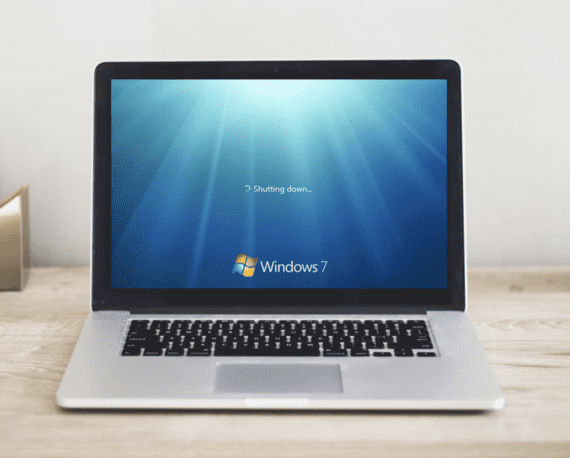Mark the date — on January 14, 2020, Microsoft is officially sending Windows 7 to the big server in the sky and ending included support for its popular operating system. This move will put a stop to vital security updates and patches that thousands of organizations still rely on worldwide.
Once a respectful period of mourning has been observed, businesses who don’t opt for the expensive stop gap, will have to turn their attention to migrating to the Windows 10 system, which will work in a drastically different way than before.
Moving to the ‘as a Service’ model
Described as the ‘last windows operating system’, Windows 10 will operate ‘as a Service’ with users being required to update regularly, instead of the previous process of migrating to a whole new OS every few years.
Research shows that 96% of businesses have already started the transition to Windows 10; however, making this process as quick and pain-free as possible will be crucial to IT operations.
This new ‘Windows as a Service’ model will come with a unique set of challenges. Monthly quality updates or bug fixes will normally be under 1GB; whereas bi-yearly feature updates can be up to 5GB. Due to the increased frequency and size of these updates, IT teams will have limited time for testing and distribution.
Currently, 79% of organizations don’t install updates immediately, and a further 53% wait at least a month before they’re able to install vital operating system updates across their entire network.
Tricky transitions
Simply ignoring this distribution problem could be disastrous for businesses, creating an exponential build-up of outdated machines that creates serious security liabilities. Being vulnerable to cyber-attacks and data breaches is a risk that organizations simply cannot take in the modern era.
The nuclear option is to rip out the entire network and start from scratch. In the long term this will help with the speed of your updates, however in the short term it can cause huge disruption to your IT infrastructure — taking budget and resources away from more immediate concerns.
IT professionals need an answer to this problem that’s both cost-effective and quickly implementable.
Software to the rescue
Luckily, there is another way. Using a Software-Defined Enterprise Content Delivery Network (SD ECDN), businesses can streamline the delivery of updates for Windows 10.
In brief, a SD ECDN uses a peer-to-peer system that evenly distributes bandwidth. The higher the number of peers, the faster the network can deliver content, meaning even existing hardware can contribute to ensuring you have the crucial security patches you need for Windows 10.
And, you won’t have to overhaul the entire network. With the Kollective SD ECDN, enterprises can speed-up software distribution, smoothly transition to Windows 10 and be future-proofed against other cloud-service updates — all using your existing infrastructure.
Our software has many other benefits beyond just helping you survive the Windows 7 apocalypse, but being prepared for this critical change should be a major priority for organizations who want to keep data secure and IT services up to date in the cloud-service era.
Ciena solves software delivery headache with Kollective for ConfigMgr.
In less than 6 months, Microsoft will end included support for Windows 7. One-fifth of large enterprises have yet to complete their migration to Windows 10. Learn how to prepare for the end of Windows 7 and manage the regular cadence of Windows as a Service updates.
